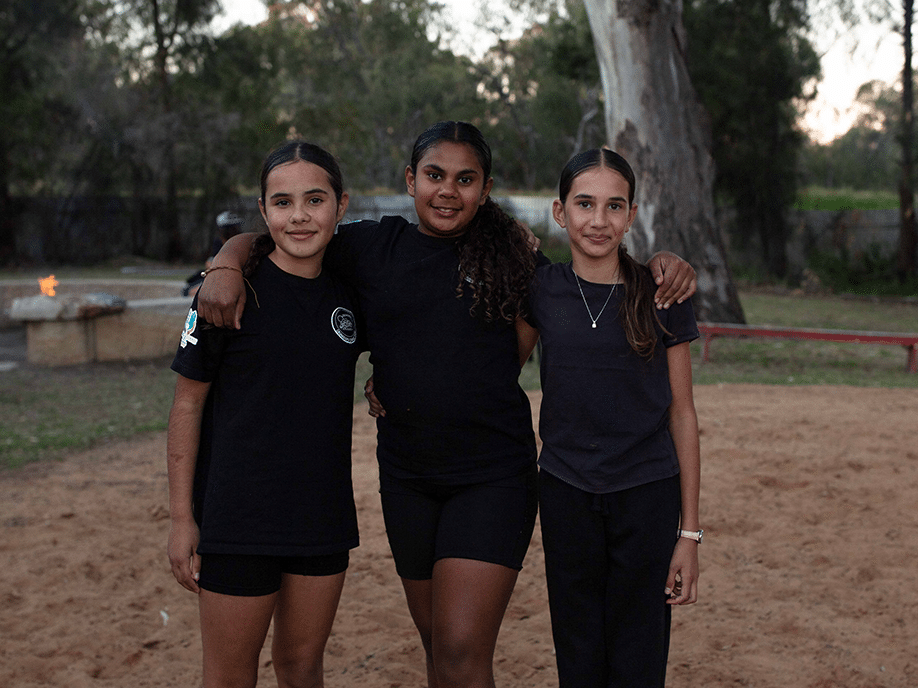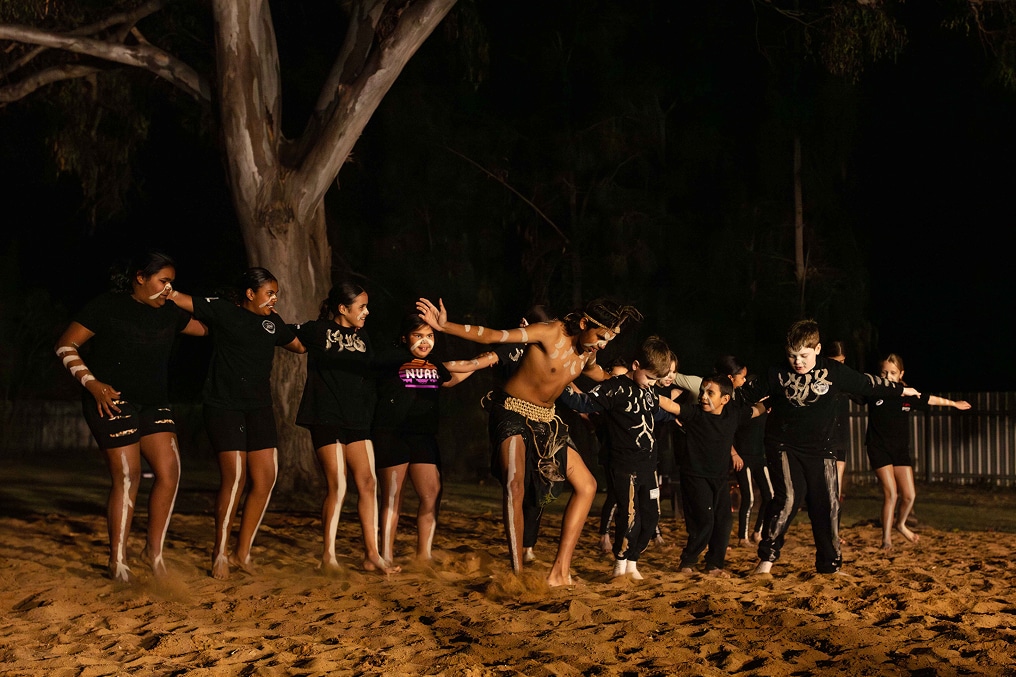We take a look at how this approach is tackling the intersecting crises of housing and climate, by re-thinking the current model for remote housing development.
Wilya Janta has leveraged both government and philanthropic funds to build their first housing project in Jurnkkurakurr, Tennant Creek. Unlike dwellings that have been built in the NT in the past, they are committed to creating homes that are fit for purpose; working with the environment, not against it.


Top: Example of 2-year-old dwelling in Tennant Creek, evaporative aircon already so calcified that it is not working. Bottom: The reality of brand-new dwellings that are not fit for the community or harsh climate. Photos by Andrew Quilty
Warumungu Traditional Owner Norman Frank Jupurrurla has seen how imposed government housing has failed to meet the needs of First Nations people, both cultural and environmental.
“The government, these houses, we just get chucked in there. We got no choice. No choice, nothing… And they chuck you straight in these houses. In these houses without induction, nothing.”
Throughout his life, he’s experienced a top-down approach to housing which doesn’t provide solutions to the problems of clean energy, heat management, or the living arrangements of many First Nations people.
He and his family know that climate change is an increasing threat, because they see the way it affects the natural rhythms of the seasons, animals and places that make up his home; “It’s happening out there, ‘cause our Country is changing now and all these things are happening.” From animals being born out of season to waterholes drying up permanently and bush tucker yields dwindling, the need for housing solutions which also address the climate crisis is obvious.
From its earliest days, Wilya Janta (“Standing Strong”) was conceived of as an organisation that would create housing by and for First Nations people. Long before a design for a house was ever drawn up, founder Norman Frank Jupurrurla and CEO Simon Quilty spent years working together at Urapuntja Health Service, as ambulance driver and doctor. From this strong foundation, the two learned much from each other, with Norman sharing his extensive knowledge of Warumungu country and his community advocacy, while Simon offered an academic approach that could highlight problems, and tangible solutions, to community challenges.

Norm and Simon next to Norm’s house, the first publicly owned house in the NT to have solar installed.
Wilya Janta operates under a unique constitution written by Warumungu Elders. They maintain a community-driven approach to the development and construction of affordable housing for First Nations communities. They involve community from the very first drafts for housing, consulting with First Nations Housing Consultants (local experts) to not just construct homes from sustainable and thermally efficient materials, but with the cultural requirements of their occupants in mind.

Designing the first ‘Explain’ home.
Part of Wilya Janta’s innovative approach is harnessing more sustainable building materials with which to build homes, like traditional mud bricks crafted from a beautiful, durable and thermally efficient mix of termite mounds and spinifex. Last year, they brought a Tennant Creek brick making machine back to life, so local people could be employed in manufacturing new building materials. So far, tangible solutions like Tennant Creek Mud Brick Machine have been small and mighty, but Wilya Janta will need substantial funding and industry partnerships to scale up projects like this one to be cost effective on a larger scale.
Government has an important policy role to play. Traditional models of government housing often rely on cool storage and electrical equipment to manage heat stress. This hasn’t traditionally been considered a problem by policy makers, but instability in power supply and housing coupled with climate change create a real risk to the health of Indigenous people with chronic diseases. Many houses are designed for small nuclear families and aren’t culturally appropriate dwellings. Changing how housing solutions are conceptualised by government and how they serve the community is an ongoing challenge.
As Wilya Janta prepares to start their Tennant Creek Housing Pilot, they’re providing a blueprint not just for the housing issues of First Nations people in the NT, but right across the country. Houses that are resilient to warming temperatures and cost less to heat and cool are an essential part of the solution and could be widely adopted to the benefit of many communities.

Renders of ‘Explain’ home.
Simon reflects that First Nations culture carries a profound understanding of the ways climate change is impacting us all.
“Working in the Northern Territory, you kind of hear these two stories. You hear a First Nations story that is extraordinary in its depths of understanding of ecological knowledge and climate. And then you hear the Western scientific story of why it’s happening.”
Simon, Norman, and the community leaders they work with see First Nations knowledge informing housing solutions in much the same way; providing solutions to problems that have been well described by statisticians and policy makers.
Wilya Janta works with First Nations wisdom to inform their solutions to climate friendly, fit for purpose housing, knowing that a better housing future for regional and remote communities is possible.
Learn more about Wilya Janta and how you can support their work.





































